
2. Wait for the right conditions.
Morels don’t usually spring up until after a wet period with temperatures that don’t drop below 50.
3. Timing is key.
Morels will grow right as trees start to bud and flowers begin to bloom. If you see wildflowers blooming, there is a good chance that morels are also beginning to appear.
4. Location is important.
Morels thrive in and on the edge of forested areas. In the beginning of the spring, morels will be found more on south and west-facing slopes in fairly open areas. Look for places that have received a fair amount of rain, but that have decent drainage. As the season progresses, venture further into the woods and start including north-facing slopes in your search.
5. Know your trees.
While morels have the tendency to be wildly unpredictable, they can usually be spotted around sycamore, hickory, elm, fruit, and ash. They are also likely to be found around dead or dying trees. Look for trees reaching the state of decay where the bark has started to slip off; their broken down root system is a great food source for morels.
6. Connect the dots.
Morel spores are blown by the wind in a particular path, so once you find one morel, you are likely to find others that have grown in the same area.
7. Train your eyes.
Like shed hunting, morels can be difficult to find to a hunter with an untrained eye. It will take some practice and experience. Once you find one, slow down and search that area carefully. Focus the rest of your hunt on areas that have similar qualities.
8. Size and color.
Early in the season, morels will be smaller (around 1-2 inches tall) and will probably be black. Bigger morels (4-5 inches tall) can be found later in the season and usually possess more of a gray or yellow hue.
9. Plant while you walk.
Ensure you have morels to hunt next year by gathering your goods with a mesh bag or a well vented basket. Each morel cap has 250,000 to 500,000 spores, which must become airborne, find soil, nutrients, and moisture. The holes in your carrying device allow those spores to return to their natural habitat while you walk through the woods.


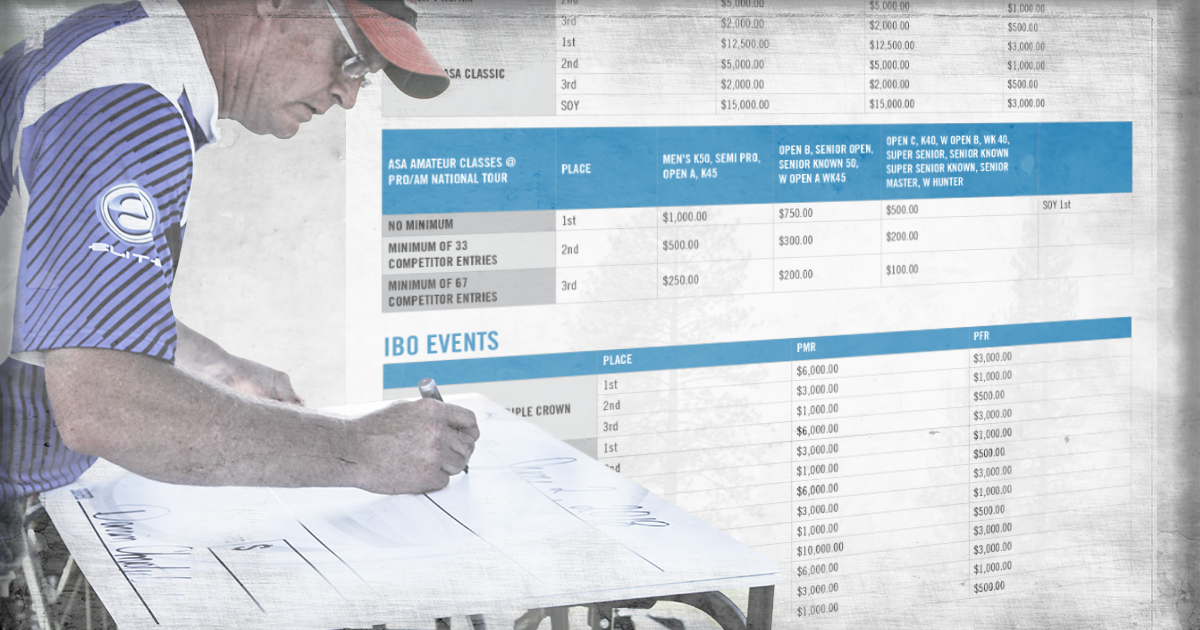
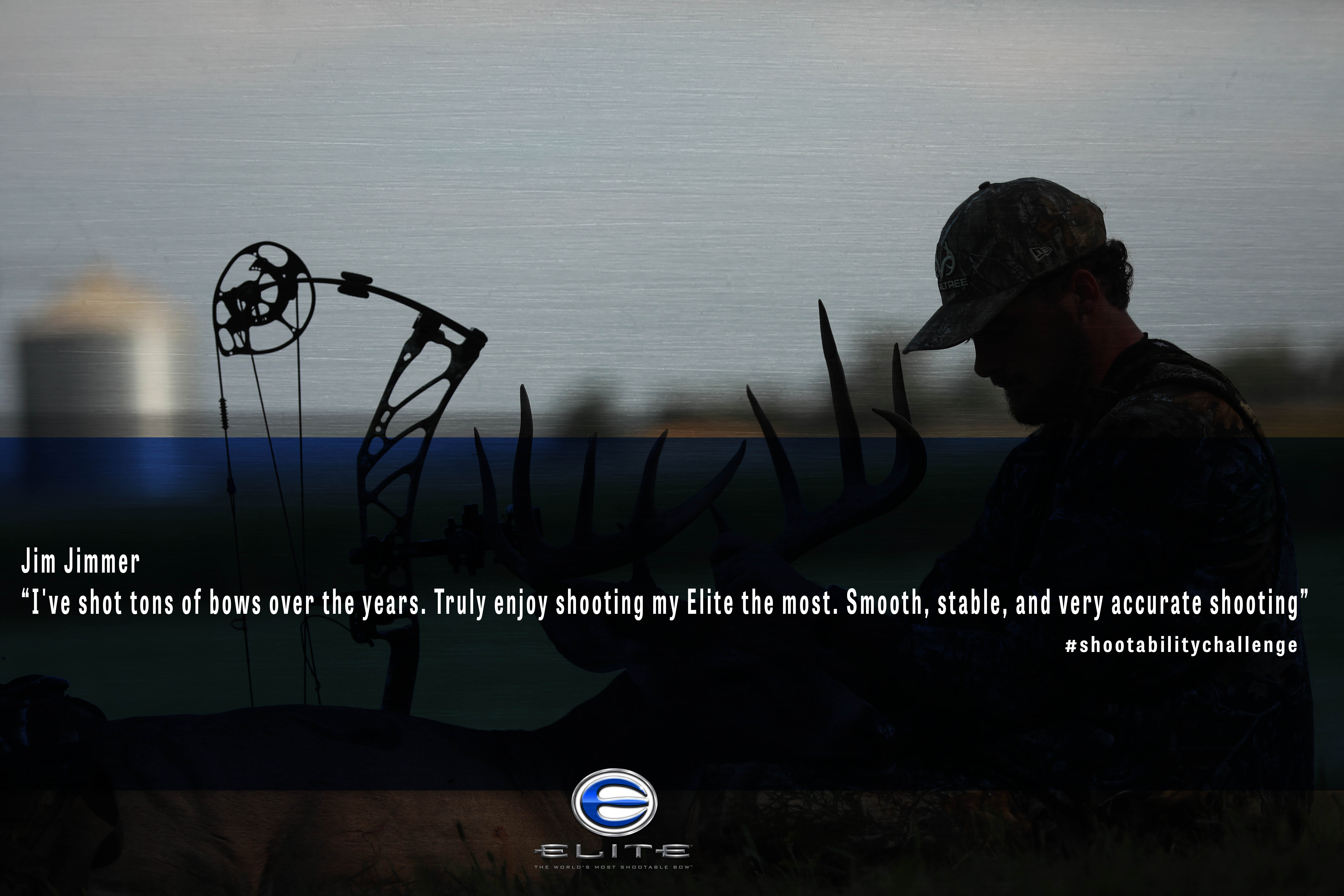

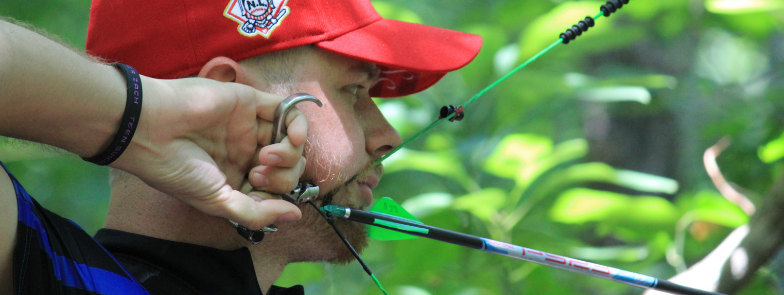
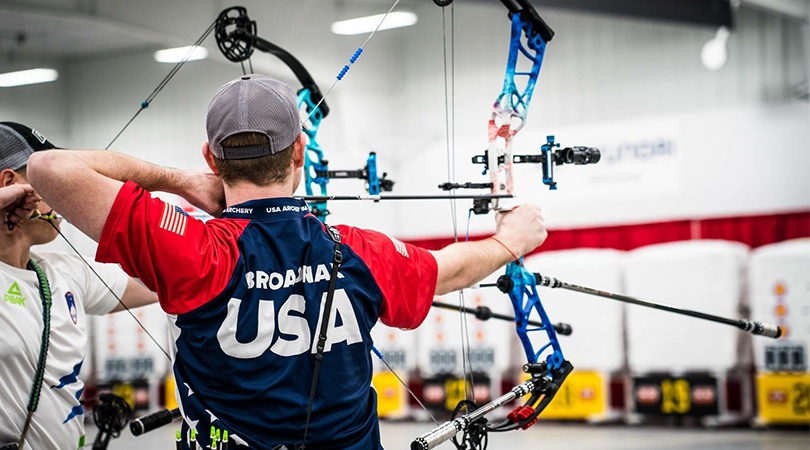
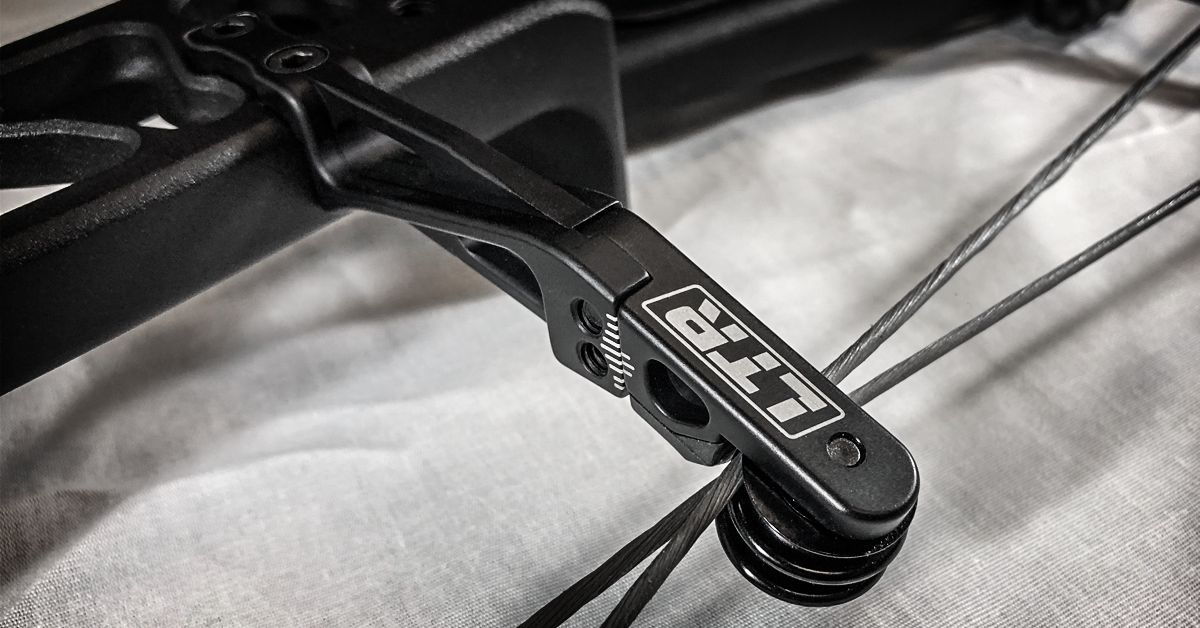

.png)
